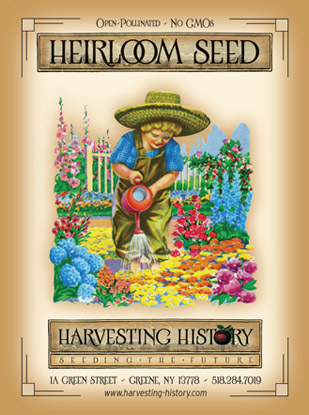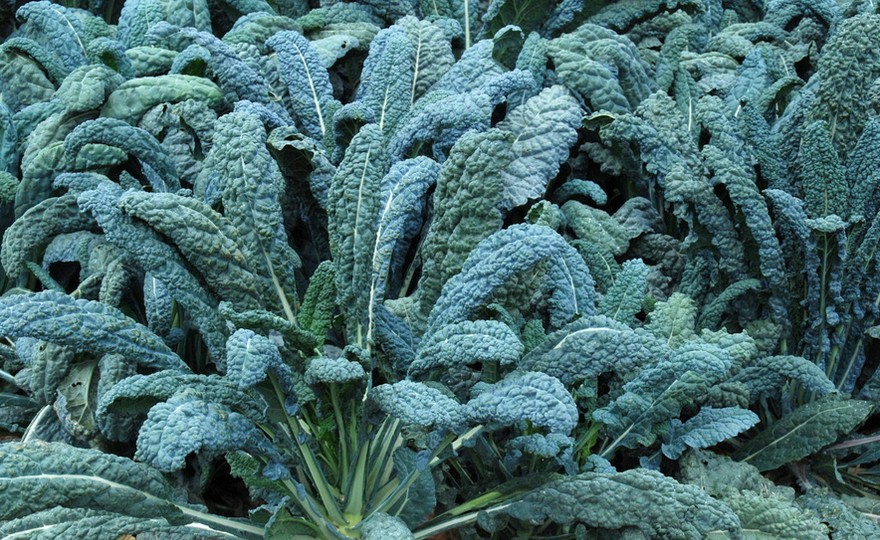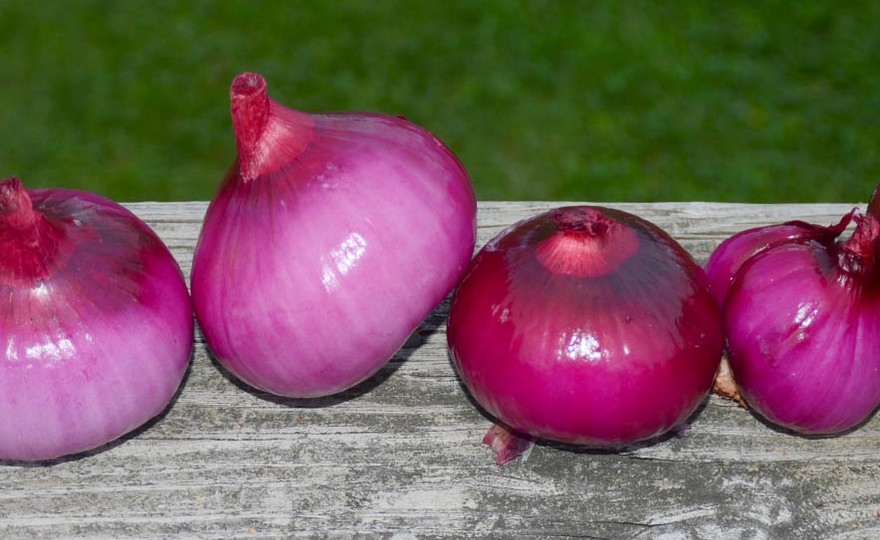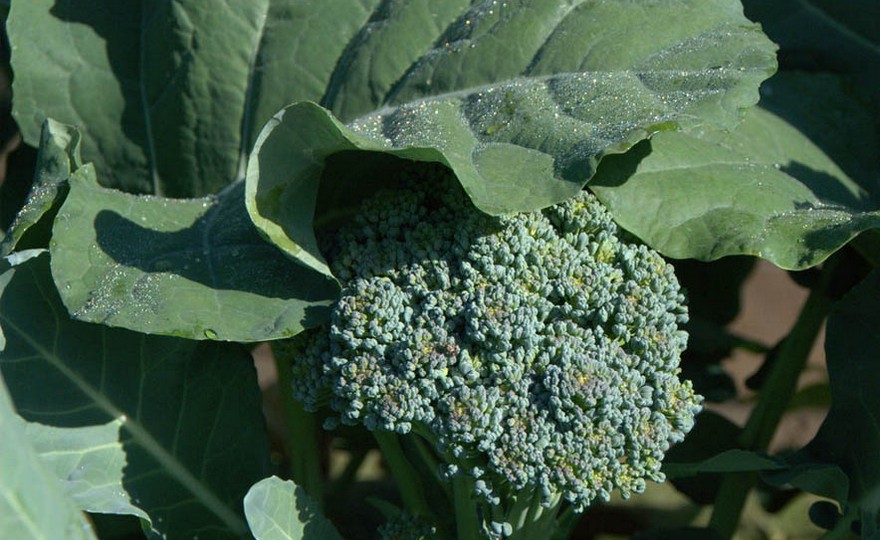
Rhubarb Roots, Crimson Red – 1 per bag
-
- **SOLD OUT** HOLIDAY GIFTS **SOLD OUT**
- **SOLD OUT** Holiday Books **SOLD OUT**
- **SOLD OUT** Holiday Citrus **SOLD OUT**
- **SOLD OUT** Holiday Gift Certificates **SOLD OUT**
- **SOLD OUT** Holiday Paperwhites **SOLD OUT**
- **SOLD OUT** Holiday Praying Mantis Kits **SOLD OUT**
- **SOLD OUT** Holiday Tools **SOLD OUT**
- **SOLD OUT** Holiday Wildflower Mixtures **SOLD OUT**
- Citrus Trees
- **SOLD OUT** - Vegetable and Herb Plants - Mix & Match any 6 Plants for $50 - Only Shipped in Quantities of 6
- Elephant Ear Plants & Roots
- **SOLD OUT** 4-Inch Pot Herb Plants **SOLD OUT**
- Rare Plants
- **SOLD OUT** Vining Plants **SOLD OUT**
- Asian Seeds
- Beneficial Bugs
- Books
- Citrus Fertilizers
- Cold-Treated Bulbs - SEE BULBS FOR FALL PLANTING TO ORDER
- Cold-Treated Allium
- Cold-Treated Chionodoxa
- Cold-Treated Crocus
- Cold-Treated Hyacinthoides
- Cold-Treated Hyacinthus Orientalis
- Cold-Treated Narcissus
- Cold-Treated Cyclamineus Narcissus
- Cold-Treated Double Heirloom Narcissus
- Cold-Treated Jonquilla Narcissus
- Cold-Treated Large Cupped Narcissus
- Cold-Treated Poeticus Narcissus
- Cold-Treated Small Cupped Narcissus
- Cold-Treated Species Miniature Narcissus
- Cold-Treated Split Cupped Narcissus
- Cold-Treated Tazetta Narcissus
- Cold-Treated Triandus Narcissus
- Cold-Treated Trumpet Daffodils
- Cold-Treated Ornithogalum
- Cold-Treated Rock Garden Iris
- Cold-Treated Scilla
- Cold-Treated Tulips
- Cold-Treated Emperor Tulips
- Cold-Treated Fringed Tulips
- Cold-Treated Green or Viridiflora Tulips
- Cold-Treated Lily Flowering Tulips
- Cold-Treated Parrot Tulips
- Cold-Treated Peony Flowering Tulips
- Cold-Treated Single Early Tulips
- Cold-Treated Single Late Tulips
- Cold-Treated Species Tulips
- Cold-Treated Triumph Tulips
- Flower Bulbs, Corms and Tubers
- Bulbs for Spring Planting
- Bulbs for Fall Planting - ALL BULBS AVAILABLE ARE COLD TREATED FOR PLANTING AS SOON AS SOIL CAN BE WORKED
- Fall Blooming Bulbs
- Garden Tools & Equipment
- Gift Certificates
- HHH Exclusive Wildflower Mixtures
- Wildflower Mixtures
- Heirloom Garlic
- Potatoes
- Roots & Sets
- Seeds
- Flowers
- Herbs
- Vegetables
- **SOLD OUT** HOLIDAY GIFTS **SOLD OUT**
-
- No products to compare
-
7 in stock
Quick Overview
RHUBARB ROOTS, Crimson Red – Rheum rhabarbarum
FULL SUN Native to Siberia and southwest Asia, Rhubarb has been cultivated for thousands of years. It was brought to America with the earliest colonists where it escaped from gardens and proliferated in the wild across the continent. Crimson Red, introduced in 1961, produces large red spears which are tender and very sweet.
To grow rhubarb from roots, plant the roots as soon as the soil is workable. In southern climates, fall planting is also practicable. Dig a series of holes that are three feet apart from center to center. Dig the holes two feet deep and two feet across. Line each hole with 6-8 inches of well-rotted cow manure and then begin to fill the holes with a mixture of equal parts compost and soil. Set the roots, one per hole, so that the tops of the roots lie 3-4 inches below the surface of the soil and finish filling the hole with the soil-compost mixture. Do not harvest the stalks during the first year. In the fall, mulch with decomposed cow manure. In the spring, remove the mulch, and fertilize with a fertilizer high in nitrogen, then replace the mulch. During the second year, harvest lightly. Beginning in the third year, harvest only for about eight weeks. Immediately after harvesting a stalk cut off the leaves. The stalks will retain their moisture much longer.
| Type | Spacing | Planting Depth | Days to Germination | Maturity |
| Perennial | 36 in. | 12 in. | 21+ | 160 |

Rhubarb Roots, Crimson Red
Rhubarb is an herbaceous perennial, a member of the buckwheat family. The plant possesses an extraordinary tolerance for both cold and drought. It is hardy to Zone 3 and can be grown in colder climates if mulched. It can adapt to warmer climates where the plants simply die back in summer and resume growth in the fall. It probably originated in the desert region of Siberia around the Volga River Basin. The name, rhubarb, comes from Rha, the name Muscovites gave to the river Volga, and barbarum, a reference to the barbarous people that lived in the region. Rhubarb is also known as “wild strawberry” and “pie plant”. In 1770, Benjamin Franklin who at the time was living in London shipped a crate of rhubarb to Philadelphia to his friend, John Bartram, the preeminent botanist of his time. It is generally agreed that 1770 was the year that rhubarb was introduced into the United States. It was not for another 60 years that the root gained popularity in the US. Some say this was because many folk associated the plant with “tincture of rhubarb” a strong laxative that grandmother might have forced on them. The present variety first appeared in American seed catalogues in 1828.







